Kike Perdomo, interview with the saxophonist and composer from Canary Islands, Spain
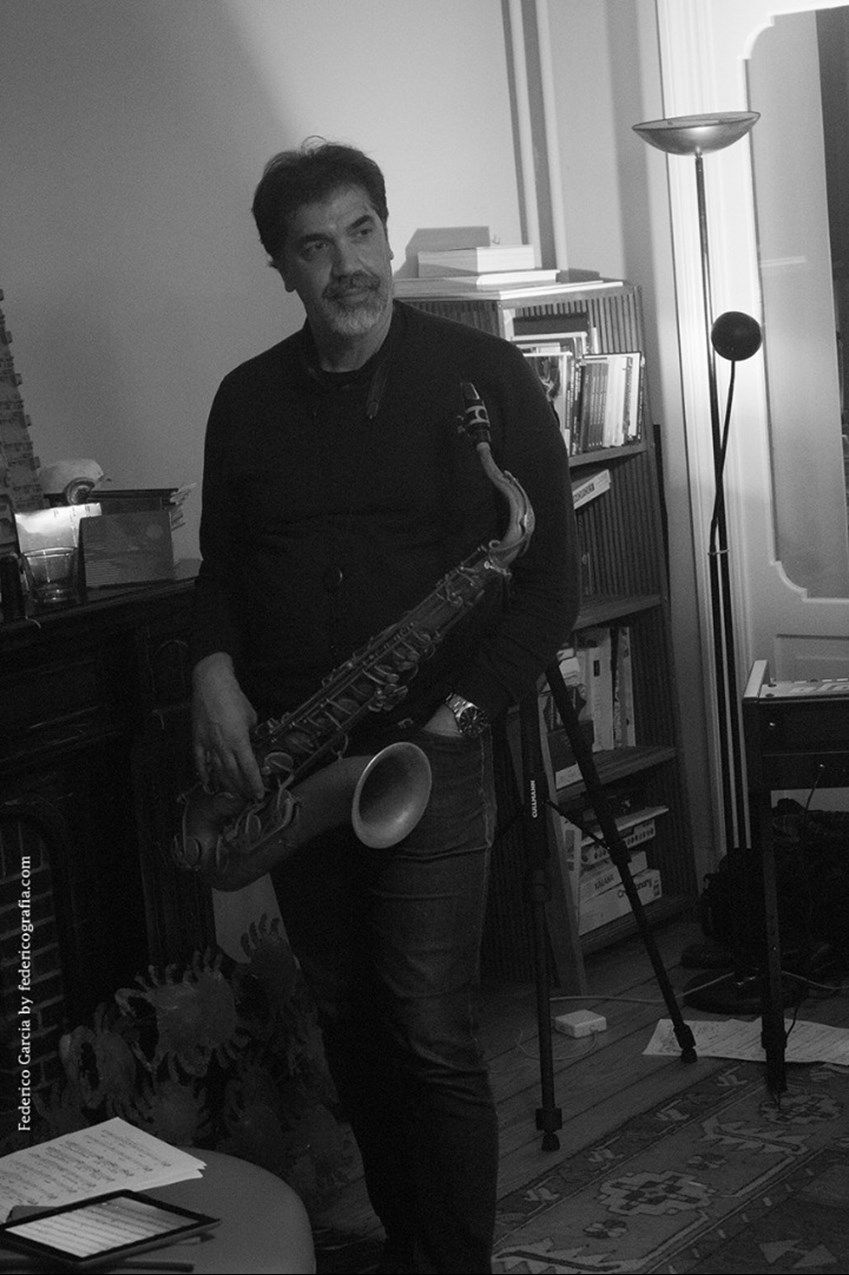
On April 10th, 2019 I had this interview with Kike Perdomo at the Brussels Airport on his arrival from Madrid before he took his train to Maastricht where he was going to perform with his new project Mojo Red, one of the many projects that make part of his musical life.
Federico Garcia: Kike it is a pleasure to have this interview with you for Jazz'halo. Thank you for the opportunity to have this conversation. Kike, many people around the world already know you thanks to your concerts and your great recordings, where you have had as guests great musicians like: Bill Evans (saxophonist), Chano Dominguez, Chuck Loeb, Eric Marienthal, Soren Moller, George Dulin, Vince Cherico, Mark Lomano or Greg August.
You were born in Tenerife, one beautiful island among 8 great islands of the Canary islands, where you started to play and studied music, then you also got a scholarship at the Berklee College of Music. You also studied with great musicians like Greg Lyons, Dave Schnitter, Greg Badolato, Eric Marienthal, Bill Evans, Bennie Maupin, Chris Cheek, Will Vinson or Dick Oatts.
Kike Perdomo: Hi Federico!! Yes, Im happy that only a few weeks ago I was playing with Dick Oatts and also with Soren Moller with the Big Band of Canarias. It was on the 15th and 16th of March. We were playing new music from Soren on two different islands: Tenerife and La Palma. It was a great experience with the great music from Soren Moller. There are not so many venues at the Canary Islands, but there's a lot of good jazz musicians there. Some of them living in other places but coming back to play with Big Band de Canarias.
Federico Garcia: How was your experience studying and then playing with these guys?
Kike Perdomo: Well, I contacted Bill Evans because he was playing at a Jazz Festival at the Canary Islands. In this time I was doing some job for the Jazz festival and he also was giving a kind of Masterclass for the guys. I knew him there and he also gave me a few private lessons. When I talked with him to collaborate at my first CD called “Transition”, and he said “YES” that was really amazing for me!!.
Later I played with him as a guest in Madrid, also with the amazing flamenco piano player Chano Dominguez, George Dulin and with Eric Marienthal in 2007, with whom I recorded a live concert in Tenerife. They all gave me of course their talent, their music, but also different visions of music and musicians life. We shared music and also they gave me like a “push” on my back to keep on playing and to keep on.
Federico Garcia: Why did you choose to play the sax?
Kike Perdomo: I think I fell in love with the saxophone because the sound of the sax is closer to the voice. I was waiting for the bus in Tenerife, and I heard a saxophone playing. I didn't know where it came from, but it was a revelation for me and I said: wow man! this is a sound I like!!! And then I choose saxophone, after playing guitar for years. I was also playing flute for years at the conservatory.
Federico Garcia: Do you play soprano sax?
Kike Perdomo: Yes, I play alto sax, soprano sax and tenor sax.
Federico Garcia: Which one you love to play the most?
Kike Perdomo: I don't know!! In my first two Cds I was playing alto saxophone, but now Im focused on tenor and soprano.
Federico Garcia: Before you started playing Jazz you were playing rock, a classical question maybe everybody's going to ask you. So you were touring with famous rockers from the Spanish rock Arena, like Luz Casal, Joaquin Sabina and Miguel Rios, and then one day you went deeply into the Jazz Arena, where you have recorded until now exactly 11 albums on your own, having guests, where most of the time the compositions played there are yours. What brought you to play jazz?
Kike Perdomo: I think when I started to listen to music, I didn't start to listen to jazz music so when I started to listen to jazz music it was of course totally new for me, but it was also very interesting to see how the jazz musicians explore the music, the way that they go inside the music, it was deeper than other music that I was listening before.
In jazz music there was something happening that I didn't know what it was, so I went to the school and I began checking out what was happening with the harmony, with the rhythm, with all the elements that usually exist in jazz like comping, rhythm, harmony and improvisation. All these elements. This gave me lots of information about music that I haven't got before, so when I started listening to jazz music after checking out these things that were happening inside the music it was like something fresh that led me to new ways to explore the music.
Federico Garcia: It was with the saxophone, right?
Kike Perdomo: And also because the saxophone is a jazz instrument at the end.
Federico Garcia: There is no jazz without saxophone I believe...
Kike Perdomo: Hahahaha So I began playing jazz music with the saxophone!.
Federico Garcia: Do you have a favourite saxophonist or any other instrument's interpreter, a favourite musician?
Kike Perdomo: I love many sax players, from Coleman Hawkins to the latest guys like to like Chris Cheek or Dick Oatts, going through John Coltrane and Joe Henderson, Wayne Shorter, Kenny Garett, I love all of them.
Federico Garcia: Besides being a great saxophonist you are an awesome composer. So my question is: What is the source of inspiration in your music? What helps you? are the Muses in the Canary Islands, the volcanic Muses? What is it?
Kike Perdomo: I think so!!!! My way of inspiration is starting with the rhythm, the beat, the basic rhythm. I first check what's happening in the bottom part of the music and then I usually create the rest of the music. If I start writing a “Boogaloo”, I start listening to the rhythm, I start singing, then something happens. Muses? I don't know what happens but then I go and sit in front of the piano and play and the idea starts growing. I start dancing the music, then I try to create whatever, maybe the melody and later the harmony, changes… For me the more important aspects are around the rhythm. It's a kind of inspiration…don't know…inspiration…knowledge…work. It's a combination.
Federico Garcia: So it's sort of a mathematical process at the same time...
Kike Perdomo: Yeah, you need something that really convinces you, that makes you feel good.
Federico Garcia: And if I, as not being a musician without having this abstraction in my head, if I want to imagine that the universe that you think of, talking about rhythm and melody and those elements in music, if I would ask you to help me as a neophyte that I am to understand, is it a landscape, an action or something, or someone? Is it a face, an animal or something more tangible?
Kike Perdomo: It is more in the air, everywhere…
Federico Garcia: As far as I know there is a rich musical folk tradition in Canary Islands, different to other musics from Spain such as Flamenco or Gallegan music with Celtic roots where the bagpipe is central. Do you feel influenced to some extent by your cultural background as Spaniard, as Canario, perhaps even by the Silbo Whistle language of La Gomera?
Kike Perdomo: Yes, I was doing the musical direction for a band in Canary Islands called Taburiente. La Caldera de Taburiente is a volcanic cone island of La Palma and is also the name of this really known folk band in the Canary Islands. I recorded for them two or three cds, and there were a lot of typical instruments from the Canary Islands like Chacaras, from la Gomera, like Castañuelas, from El Hierro, Tambores (drum) like tambor Herreño, smaller than the Gomero and we had whistles. We use the Silbo Gomero to communicate something that was happening in the song, as a language.
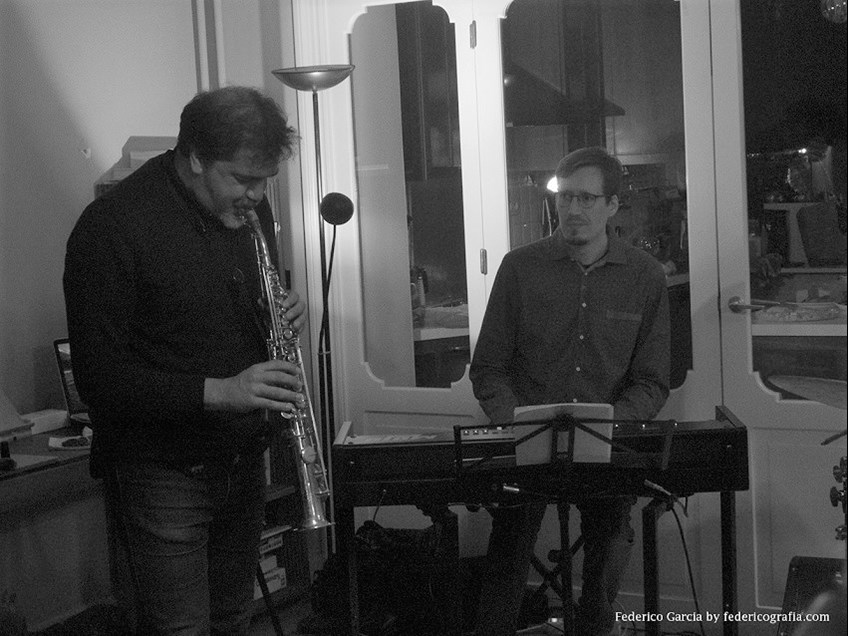
Federico Garcia: Do you feel influences from the tradition in your music, maybe one composition or several, and not necessarily the Silbo Gomero but in general, because the music in the Canary Islands is very rich, in your musical life do you want to honour your roots, your tradition?
Kike Perdomo: I have been collaborating with folk bands and also with jazz groups that have been inspired me in folk music, one of them called Jazz Borondón. I like one of the typical rhythms in Canary Islands that is 3/4. A good rhythm for dancing, more unusual than the 4/4 beat. Also Flamenco has a lot of 3/4 rhythms. But my vision is not to work on the Canaryan music and try to develop its music into jazz. Of course I have influence from the melodies, also with the Big Band de Canarias we recorded arrangements from traditional music…but I also love Caribbean music, African music… I think my roots are more in Africa than in the Canary Islands… Africa is every where…in jazz… The Canary Islands are also in Africa!!!!
Federico Garcia: What is the message you want to convey through your music besides sharing your music with the public at your concerts and with listeners on your albums?
Kike Perdomo: My message should be of course to have first a great time to share.
Federico Garcia: Do you have a favourite album among these 11 albums of yours?
Kike Perdomo: Well…I love my first album, “Transition”, it's one of the albums where I explore more electronics. I also played guitar there... “Y ahora qué” with Chano Dominguez is more in a jazz flamenco style…“Acoustic and Funk” and “Roots” were really nice albums for me as well. “Hangin´ Out”, the most recent one, is music written for big band...I love them all!!!
Federico Garcia: Tell us about “Roots”, please.
Kike Perdomo: I wrote this album to record it in New York in the year 2015. I was working on all these things that I was listening at in New York… some new stuff, odd metters, something that doesnt allow you to take a seat, a little bit like floating where you have not an easy pulse to dance. Talking about dance and the rhythm is more or less the same I told you, starting with the rhythm what is happening when something is regular is easy to understand what is happening when something is irregular, and “Roots” was inspired on these things that were like Contemporary Jazz, more irregular in the rhythm parts. I was also thinking which I wanted for playing tunes… It was like something tailor-made.
Federico Garcia: You compose and play in the Big Band of Canarias, we know that, you are part of it and you created or you're one of the co-creators of the Big Band of Canarias, but my question is are you conducting the band?
Kike Perdomo: Yes, I do it while I am playing, but in the BBDC we agree not to have a conductor all the time. We need to define how we cue all the parts. I also teach at the Conservatory and there I do conduct the Big Band all the time but not in the Big Band de Canarias.
Federico Garcia: Since around 30 years ago you have been playing jazz...What is your experience when playing in different formats... duo, trio, quartet, quintet or septet and then you are playing as a member of a Big Band the Big Band of Canarias? What is the main difference for you as a musician playing the sax?
Kike Perdomo: If I have to choose, I prefer to play in a really small band, as less people for me is better.
Federico Garcia: Do you have a number?
Kike Perdomo: I love to play trio, drums, bass, saxophone, I love it. I love to play duo with any instrument: drums and saxophone, bass and saxophone, piano of course, or guitar. Then if I play with big band, you know that you are playing in a big ensemble. You have to play less, and you can develop less than in a small ensemble. In smaller ensembles the voice is more clear, like a conversation. You have two people talking, there are more things happening, the vision is only from two people like a conversation.
Federico Garcia: I know your album with the Big Bang de Canarias (BBDC) “Hangin'Out”, this is an live album. All the compositions are yours and the arrangements are made by Soren Moller. What is your take on this album? I mean, do you have plans for a second or a third album with the BBCD?
Kike Perdomo: Well, we have recorded 4 albums with the BBDC. The BBDC is like an open project that we usually try to make especial. We have albums with the music of Elmer Bernstein released with Varese Sarabande in US and now we are recording another one with the music of Gerardo Nuñez. So we try to work with the Big Band with original music. We don't play tributes music, we try to create music from authors who have never been written for a Big Band. Gerardo Nuñez is a great Flamenco guitarist and we try to translate his music for the Big Band. Another example was Dorantes, a Flamenco pianist. We try to create new things. There is something that could happen with the poems of Federico Garcia Lorca as well. We have had recently an offer now to do something with his poems and the Big Band. With someone singing his poems. I would love to write something for this!!!!
Federico Garcia: Also you have produced a magnificent triple album with a selection of groups and songs that have been part of the Jazz Festival called Canarias Jazz Showroom, a great and unique jazz festival you created and started ten years ago and year after year it is presented in Tenerife. Please tell us about this concept and experience with the Festival all these 10 years.
Kike Perdomo: Well the Festival has been happening not only in Tenerife, also in La Palma, in El Hierro, Lanzarote, Gran Canaria, also in Madrid, In Barcelona. Now we try to do a concert this year in Brussels. My experience is, how the people can do such amount of Music!!! We have the Classical Conservatory but in the islands we don´t have a real Modern Music school of Jazz. But the people are so interested in learning music that they are everywhere, in different parts of the world. So they're taking these things, this music and taking this to the Islands again, and sharing with the people in the Islands. There have been like 100 projects in these 10 years of festival and we have had 100 bands playing their own music in the festival.
Federico Garcia: I also know you have been part of a Philharmonic Flamenco project with Gerardo Nuñez and the Banda Municipal de Madrid where the arrangements are yours. How was your experience with these project?
Kike Perdomo: Well, it's kind of fusion between two different worlds with the Symphonic Band with reeds and horns, drums, bass electric bass, double bass. We had a really good experience doing the Flamenco music, but it is so difficult to move a big ensemble with Flamenco music. The details are I think the most important thing in Flamenco music, the articulation, the accents, things that are happening that you cannot write, if you write the things sometimes they loose their magic. So it was really a good experience. It was good to play with them. It was amazing listening at an Oboe playing a melody that you first have played on guitar. It's new, I don't know if it's good or bad, of course the musicians they were really good musicians. The concert was good at the end. But you have to start to open ears.
Federico Garcia: You have played with so many musicians and recorded as side-man at around 100 albums, but you have as well several projects on your own with different musicians. Could you tell us about, for instance your Kike Perdomo Quintet or the latest band you have with European musicians from different countries called Mojo Red?
Kike Perdomo: I've been trying to work between countries, I've been trying to work with people from different countries and from different ideas of the music in Europe, because I've been in the USA and they have like a big vision of the jazz music, but I was interested in listening to what's happening in Europe, so I have been in contact with people from Germany, Holland, now from Belgium, from Norway, Denmark, etc.
So I've been creating some things that keep us alive and keep us in contact with people from different places, that are living in different jazz scenes in different countries of Europe. And then we had this new thing that is a band with organ, guitar, drums and saxophone. There is something new, the sound of the band is new. Well we use the instrument that could be just before the '70s like organ, but the music is new and there's some influence from the European jazz musicians that gives us a new sound of the band.
Federico Garcia: Could you please tell us about this most recent project of yours? Have you already recorded an album as Mojo Red? And if you have what is the name and is it the plan to tour the rest of the year with this band ?
Kike Perdomo: Of course, we are going to the studio again in a few days trying to have more material of the tunes, videos, new stuff, new songs, because this Friday it has yet just started. So maybe if we can do something in the late part of the year like November again, we will try to create a new sound for the band. This is my idea of the band with these instruments, but I don't really know because it's not easy.
Federico Garcia: On Mojo Red's first album are some of the compositions yours or some are from the other musicians?
Kike Perdomo: Yes, some of them are mine and some are from the guy on the organ who is Moritz and we have a standard, Billy Strayhorn's "Chelsea Bridge".
Federico Garcia: Kike. so far you have been playing a couple times in Brussels in private concerts and those people who know your music in Belgium and who have heard you playing live or on your albums, well certainly they are eager and longing for live concerts with Kike Perdomo in Belgian venues. Is the Belgian public on your horizon?
Kike Perdomo: Of course, I was listening a lot of really good, great musicians from Belgium and also the Brussels Jazz Orchestra last time I was here and I would love to come here and have contact with this people and also with the audience, and I hope that I will be here in October or at the end of this year and I hope to play not only in Brussels but also maybe I don't know, maybe in Ghent or Antwerp, I would love it.
Federico Garcia: Thanks a lot for your time and chance to get to know a little more about Kike Perdomo and your music. Have a great trip and concerts and hope to see you playing in Brussels soon.
Interview and photography: © 2019 Federico Garcia
Kike Perdomo's website: www.kikeperdomo.com
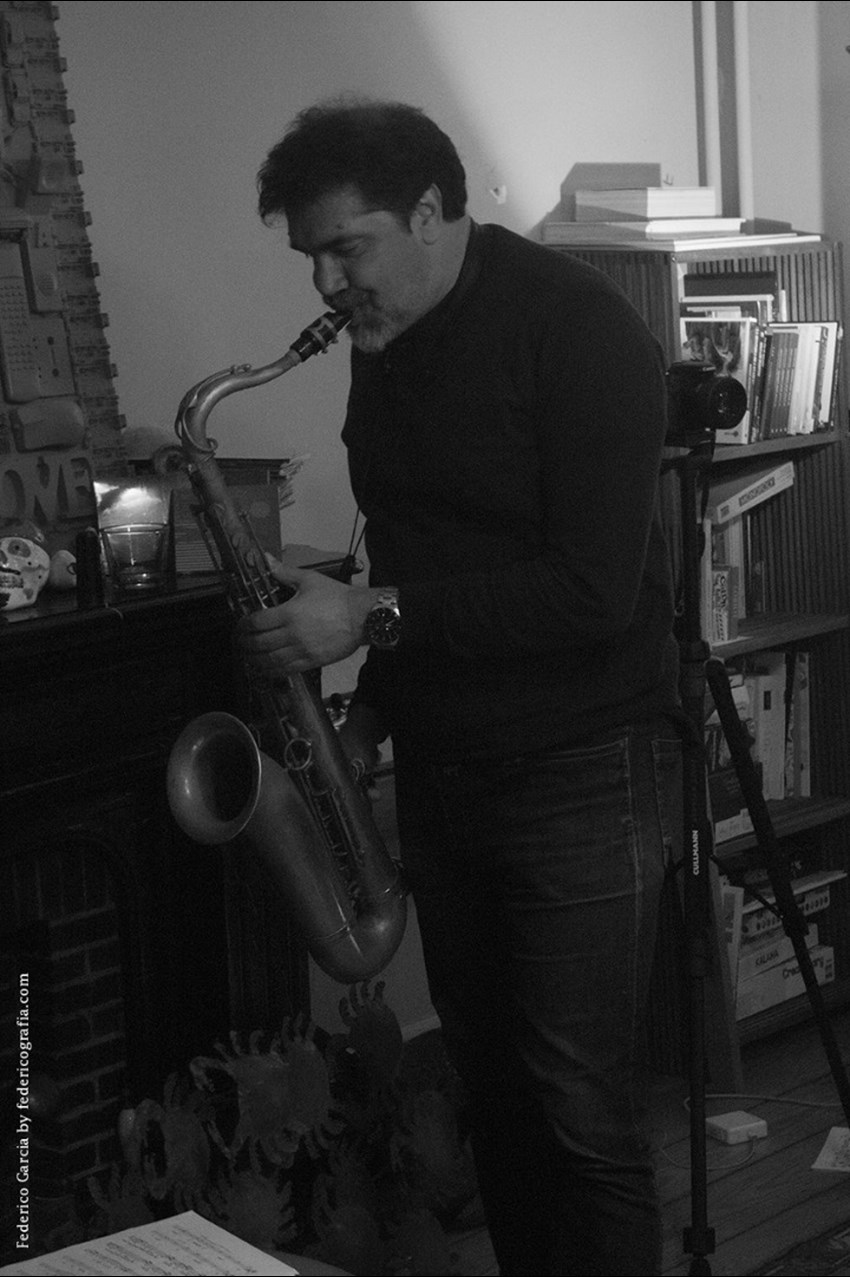
Other
In case you LIKE us, please click here:
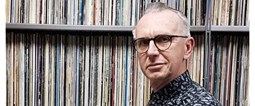
Foto © Leentje Arnouts
"WAGON JAZZ"
cycle d’interviews réalisées
par Georges Tonla Briquet

our partners:
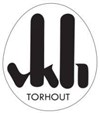


Hotel-Brasserie
Markt 2 - 8820 TORHOUT
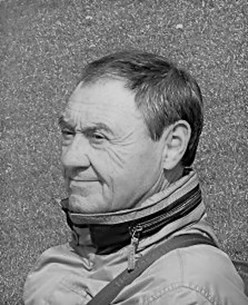
Silvère Mansis
(10.9.1944 - 22.4.2018)
foto © Dirck Brysse
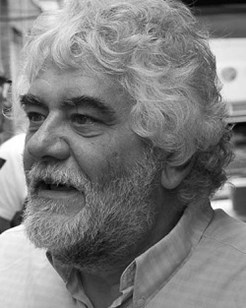
Rik Bevernage
(19.4.1954 - 6.3.2018)
foto © Stefe Jiroflée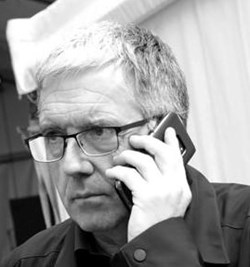
Philippe Schoonbrood
(24.5.1957-30.5.2020)
foto © Dominique Houcmant
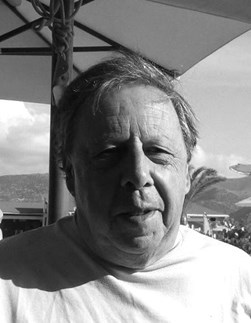
Claude Loxhay
(18/02/1947 – 02/11/2023)
foto © Marie Gilon
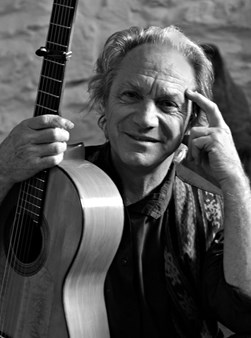
Pedro Soler
(08/06/1938 – 03/08/2024)
foto © Jacky Lepage
Special thanks to our photographers:
Petra Beckers
Ron Beenen
Annie Boedt
Klaas Boelen
Henning Bolte
Serge Braem
Cedric Craps
Luca A. d'Agostino
Christian Deblanc
Philippe De Cleen
Paul De Cloedt
Cindy De Kuyper
Koen Deleu
Ferdinand Dupuis-Panther
Anne Fishburn
Federico Garcia
Jeroen Goddemaer
Robert Hansenne
Serge Heimlich
Dominique Houcmant
Stefe Jiroflée
Herman Klaassen
Philippe Klein
Jos L. Knaepen
Tom Leentjes
Hugo Lefèvre
Jacky Lepage
Olivier Lestoquoit
Eric Malfait
Simas Martinonis
Nina Contini Melis
Anne Panther
France Paquay
Francesca Patella
Quentin Perot
Jean-Jacques Pussiau
Arnold Reyngoudt
Jean Schoubs
Willy Schuyten
Frank Tafuri
Jean-Pierre Tillaert
Tom Vanbesien
Jef Vandebroek
Geert Vandepoele
Guy Van de Poel
Cees van de Ven
Donata van de Ven
Harry van Kesteren
Geert Vanoverschelde
Roger Vantilt
Patrick Van Vlerken
Marie-Anne Ver Eecke
Karine Vergauwen
Frank Verlinden
Jan Vernieuwe
Anders Vranken
Didier Wagner
and to our writers:
Mischa Andriessen
Robin Arends
Marleen Arnouts
Werner Barth
José Bedeur
Henning Bolte
Erik Carrette
Danny De Bock
Denis Desassis
Pierre Dulieu
Ferdinand Dupuis-Panther
Federico Garcia
Paul Godderis
Stephen Godsall
Jean-Pierre Goffin
Claudy Jalet
Chris Joris
Bernard Lefèvre
Mathilde Löffler
Claude Loxhay
Ieva Pakalniškytė
Anne Panther
Etienne Payen
Quentin Perot
Jacques Prouvost
Renato Sclaunich
Yves « JB » Tassin
Herman te Loo
Eric Therer
Georges Tonla Briquet
Henri Vandenberghe
Peter Van De Vijvere
Iwein Van Malderen
Jan Van Stichel
Olivier Verhelst



